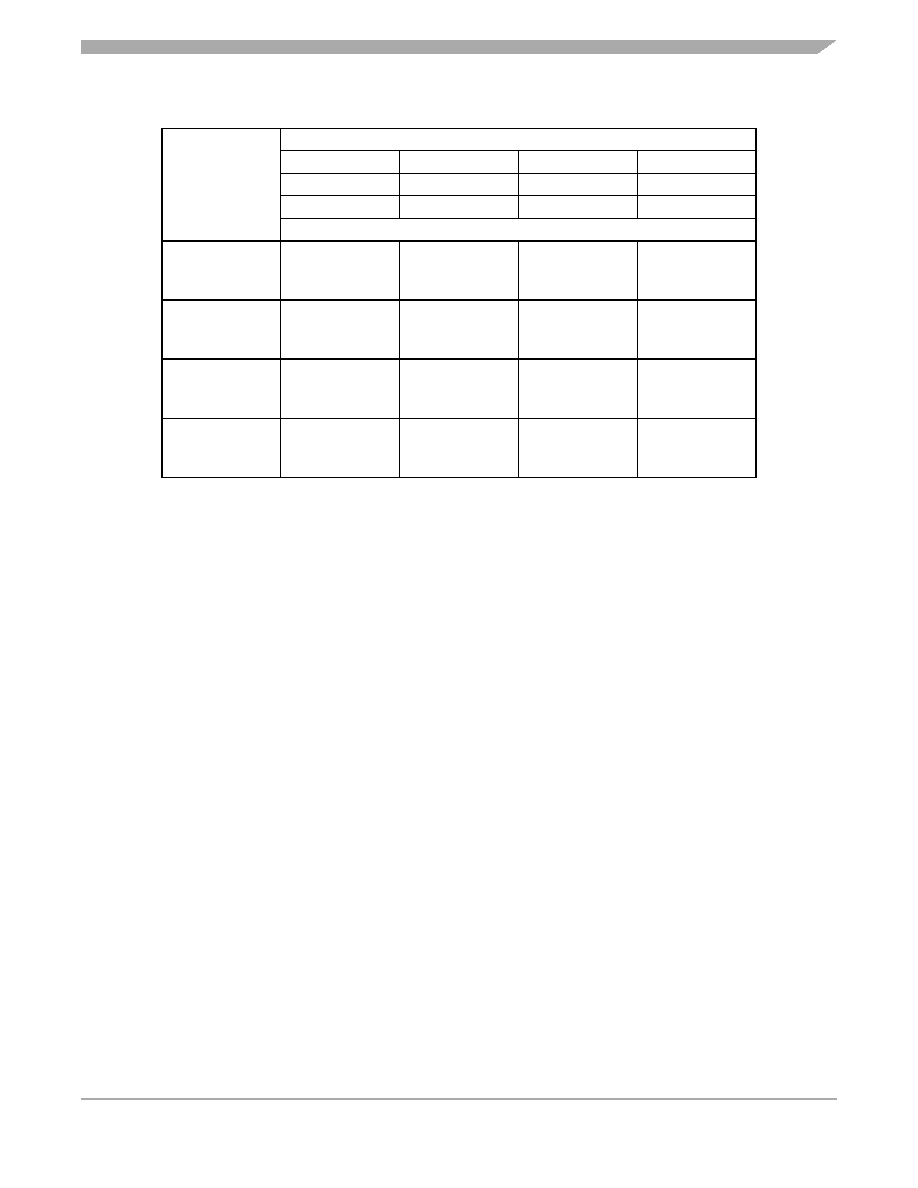- 您現在的位置:買賣IC網 > PDF目錄45228 > MC68HC11E9BCFU2 (FREESCALE SEMICONDUCTOR INC) 8-BIT, MROM, 2 MHz, MICROCONTROLLER, PQFP64 PDF資料下載
參數資料
| 型號: | MC68HC11E9BCFU2 |
| 廠商: | FREESCALE SEMICONDUCTOR INC |
| 元件分類: | 微控制器/微處理器 |
| 英文描述: | 8-BIT, MROM, 2 MHz, MICROCONTROLLER, PQFP64 |
| 封裝: | QFP-64 |
| 文件頁數: | 34/242頁 |
| 文件大小: | 1672K |
| 代理商: | MC68HC11E9BCFU2 |
第1頁第2頁第3頁第4頁第5頁第6頁第7頁第8頁第9頁第10頁第11頁第12頁第13頁第14頁第15頁第16頁第17頁第18頁第19頁第20頁第21頁第22頁第23頁第24頁第25頁第26頁第27頁第28頁第29頁第30頁第31頁第32頁第33頁當前第34頁第35頁第36頁第37頁第38頁第39頁第40頁第41頁第42頁第43頁第44頁第45頁第46頁第47頁第48頁第49頁第50頁第51頁第52頁第53頁第54頁第55頁第56頁第57頁第58頁第59頁第60頁第61頁第62頁第63頁第64頁第65頁第66頁第67頁第68頁第69頁第70頁第71頁第72頁第73頁第74頁第75頁第76頁第77頁第78頁第79頁第80頁第81頁第82頁第83頁第84頁第85頁第86頁第87頁第88頁第89頁第90頁第91頁第92頁第93頁第94頁第95頁第96頁第97頁第98頁第99頁第100頁第101頁第102頁第103頁第104頁第105頁第106頁第107頁第108頁第109頁第110頁第111頁第112頁第113頁第114頁第115頁第116頁第117頁第118頁第119頁第120頁第121頁第122頁第123頁第124頁第125頁第126頁第127頁第128頁第129頁第130頁第131頁第132頁第133頁第134頁第135頁第136頁第137頁第138頁第139頁第140頁第141頁第142頁第143頁第144頁第145頁第146頁第147頁第148頁第149頁第150頁第151頁第152頁第153頁第154頁第155頁第156頁第157頁第158頁第159頁第160頁第161頁第162頁第163頁第164頁第165頁第166頁第167頁第168頁第169頁第170頁第171頁第172頁第173頁第174頁第175頁第176頁第177頁第178頁第179頁第180頁第181頁第182頁第183頁第184頁第185頁第186頁第187頁第188頁第189頁第190頁第191頁第192頁第193頁第194頁第195頁第196頁第197頁第198頁第199頁第200頁第201頁第202頁第203頁第204頁第205頁第206頁第207頁第208頁第209頁第210頁第211頁第212頁第213頁第214頁第215頁第216頁第217頁第218頁第219頁第220頁第221頁第222頁第223頁第224頁第225頁第226頁第227頁第228頁第229頁第230頁第231頁第232頁第233頁第234頁第235頁第236頁第237頁第238頁第239頁第240頁第241頁第242頁

Timer Structure
M68HC11E Family Data Sheet, Rev. 5.1
Freescale Semiconductor
129
9.2 Timer Structure
Figure 9-2 shows the capture/compare system block diagram. The port A pin control block includes logic
for timer functions and for general-purpose I/O. For pins PA3, PA2, PA1, and PA0, this block contains
both the edge-detection logic and the control logic that enables the selection of which edge triggers an
input capture. The digital level on PA[3:0] can be read at any time (read PORTA register), even if the pin
is being used for the input capture function. Pins PA[6:3] are used for either general-purpose I/O, or as
output compare pins. When one of these pins is being used for an output compare function, it cannot be
written directly as if it were a general-purpose output. Each of the output compare functions (OC[5:2]) is
related to one of the port A output pins. Output compare one (OC1) has extra control logic, allowing it
optional control of any combination of the PA[7:3] pins. The PA7 pin can be used as a general-purpose
I/O pin, as an input to the pulse accumulator, or as an OC1 output pin.
9.3 Input Capture
The input capture function records the time an external event occurs by latching the value of the
free-running counter when a selected edge is detected at the associated timer input pin. Software can
store latched values and use them to compute the periodicity and duration of events. For example, by
storing the times of successive edges of an incoming signal, software can determine the period and pulse
width of a signal. To measure period, two successive edges of the same polarity are captured. To
measure pulse width, two alternate polarity edges are captured.
In most cases, input capture edges are asynchronous to the internal timer counter, which is clocked
relative to an internal clock (PH2). These asynchronous capture requests are synchronized to PH2 so that
the latching occurs on the opposite half cycle of PH2 from when the timer counter is being incremented.
This synchronization process introduces a delay from when the edge occurs to when the counter value is
detected. Because these delays offset each other when the time between two edges is being measured,
the delay can be ignored. When an input capture is being used with an output compare, there is a similar
delay between the actual compare point and when the output pin changes state.
Table 9-1. Timer Summary
XTAL Frequencies
Control Bits
PR1, PR0
4.0 MHz
8.0 MHz
12.0 MHz
Other Rates
1.0 MHz
2.0 MHz
3.0 MHz
(E)
1000 ns
500 ns
333 ns
(1/E)
Main Timer Count Rates
0 0
1 count —
overflow —
1000 ns
65.536 ms
500 ns
32.768 ms
333 ns
21.845 ms
(E/1)
(E/216)
0 1
1 count —
overflow —
4.0
s
262.14 ms
2.0
s
131.07 ms
1.333
s
87.381 ms
(E/4)
(E/218)
1 0
1 count —
overflow —
8.0
s
524.29 ms
4.0
s
262.14 ms
2.667
s
174.76 ms
(E/8)
(E/219)
1 1
1 count —
overflow —
16.0
s
1.049 s
8.0
s
524.29 ms
5.333
s
349.52 ms
(E/16)
(E/220)
相關PDF資料 |
PDF描述 |
|---|---|
| MC68HC11E9BCPB3 | 8-BIT, MROM, 3 MHz, MICROCONTROLLER, PQFP52 |
| MC68HC711E20VFS2 | 8-BIT, UVPROM, 2 MHz, MICROCONTROLLER, CQCC52 |
| MC68HC11E9FN | 8-BIT, MROM, 2.1 MHz, MICROCONTROLLER, PQCC52 |
| MC68HC11E9FNR2 | 8-BIT, MROM, 2.1 MHz, MICROCONTROLLER, PQCC52 |
| MC68HC11E9MFN1R2 | 8-BIT, MROM, 3 MHz, MICROCONTROLLER, PQCC52 |
相關代理商/技術參數 |
參數描述 |
|---|---|
| MC68HC11E9BCFU3 | 制造商:MOTOROLA 制造商全稱:Motorola, Inc 功能描述:8-channel, 8-bit analog-to-digital (A/D) converter |
| MC68HC11E9BCPB2 | 制造商:MOTOROLA 制造商全稱:Motorola, Inc 功能描述:Microcontrollers |
| MC68HC11E9BCPB3 | 制造商:MOTOROLA 制造商全稱:Motorola, Inc 功能描述:Microcontrollers |
| MC68HC11E9CB2 | 制造商:MOTOROLA 制造商全稱:Motorola, Inc 功能描述:Microcontrollers |
| MC68HC11E9CB3 | 制造商:MOTOROLA 制造商全稱:Motorola, Inc 功能描述:8-channel, 8-bit analog-to-digital (A/D) converter |
發(fā)布緊急采購,3分鐘左右您將得到回復。